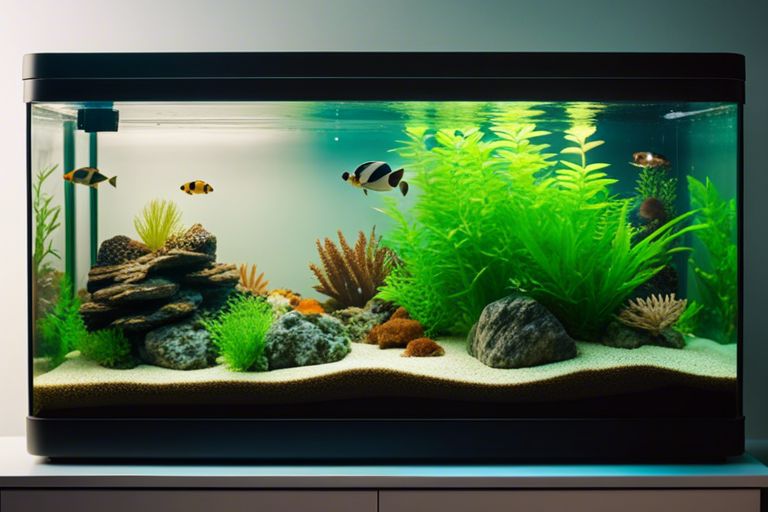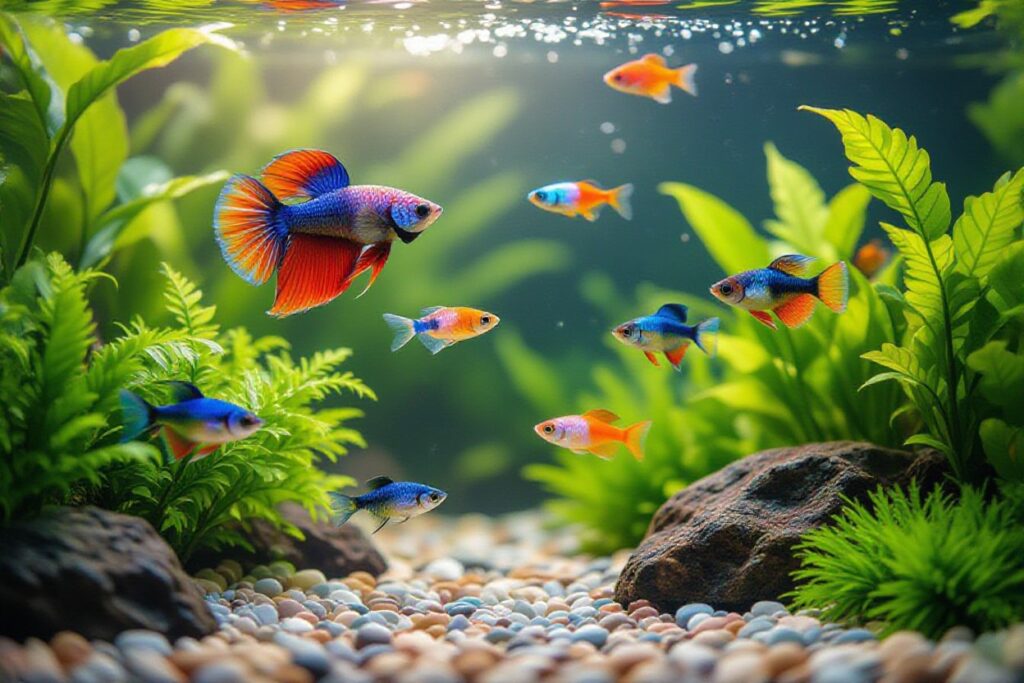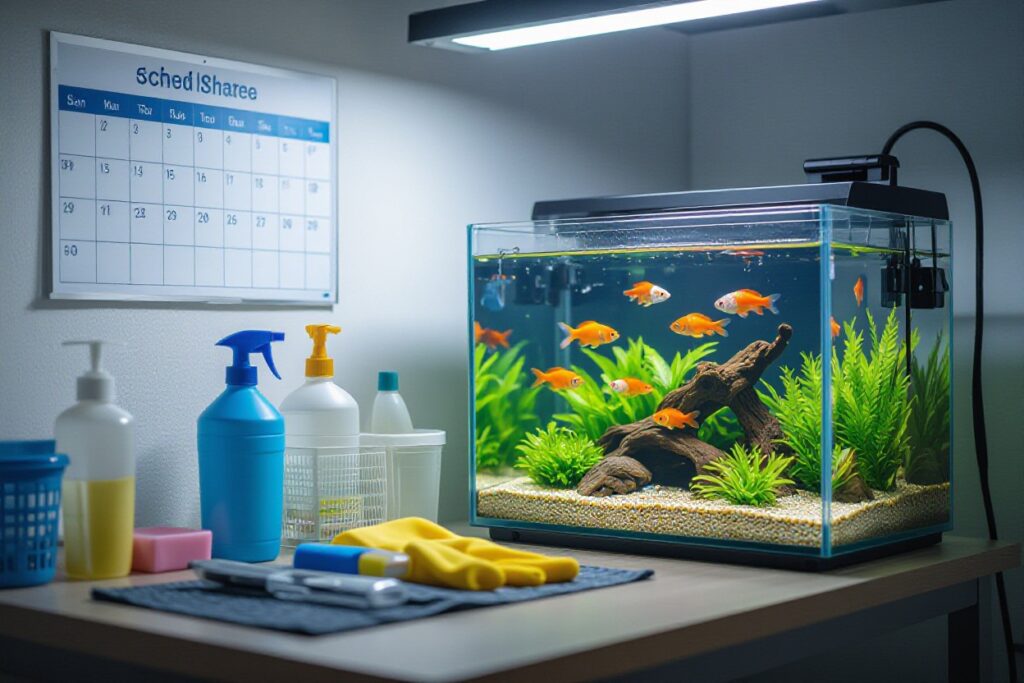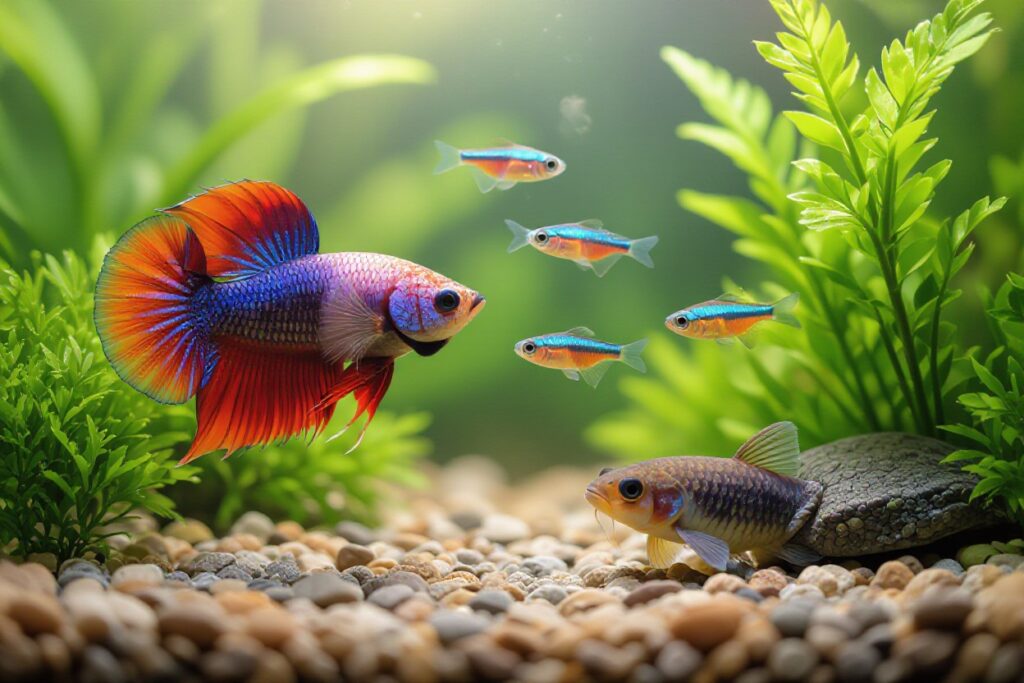Many aquarium enthusiasts eagerly introduce new fish to their tanks without considering the potential risks of introducing diseases. Properly quarantining new fish is crucial to prevent the spread of illnesses that can devastate your aquatic environment. In this comprehensive guide, we will walk you through the vital steps and best practices for effectively quarantining new fish before introducing them to your aquarium. By following these tips, you can ensure the health and well-being of your aquatic pets and maintain a thriving aquarium ecosystem.
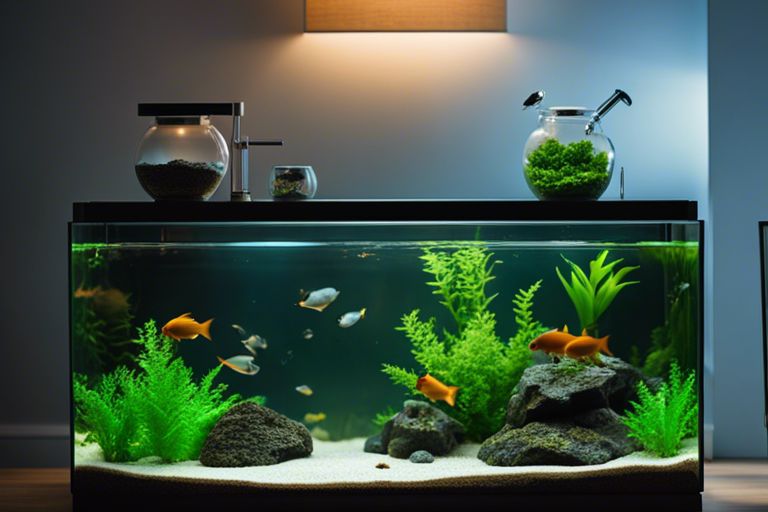
Setting Up Your Quarantine Tank
Selecting the Right Tank Size
To ensure the well-being of your new fish and to prevent overcrowding, it is vital to select the right tank size for your quarantine setup. While a smaller tank may seem convenient, it is crucial to provide enough space for your fish to move around comfortably and maintain good water quality. A general rule of thumb is to have at least a 10-gallon tank for most small to medium-sized fish species. Larger fish or multiple fish will require a bigger tank to accommodate their size and waste production.
Essential Equipment and Supplies
Assuming you have chosen the appropriate tank size, the next step is to gather the vital equipment and supplies for your quarantine tank. Proper filtration is crucial for maintaining water quality, so invest in a reliable filter that is appropriate for the tank size. A heater is also necessary to maintain a stable temperature, as well as a thermometer to monitor it accurately. Other supplies include a small net for handling fish, a water test kit to monitor water parameters, and a quarantine tank medication in case of emergencies.
Equipment: When setting up your quarantine tank, consider adding a sponge filter to provide additional biological filtration and a gentle water flow that won’t stress your fish. It’s also a good idea to have a separate set of cleaning supplies, such as a siphon hose and algae scrubber, specifically for your quarantine tank to prevent any cross-contamination with your main aquarium.
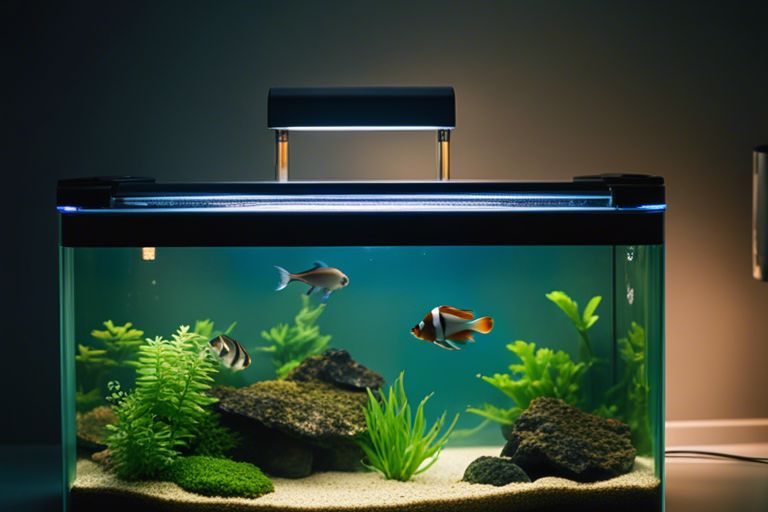
Preparing to Quarantine
Water Parameters and Conditioning
There’s nothing more crucial when preparing to quarantine new fish than ensuring your water parameters are optimal. Use a reliable test kit to check for ammonia, nitrite, nitrate, and pH levels. Adjust these parameters as needed to create a healthy environment for your new fish. Make sure the water is properly conditioned to remove any chlorine or chloramines before introducing the fish.
Acclimating Your New Fish
Parameters for acclimating your new fish are necessary to prevent unnecessary stress and health issues. Float the bag containing the fish in your quarantine tank for about 15-20 minutes to equalize the water temperature. Then, gradually add small amounts of water from the tank into the bag over the course of 30 minutes to help the fish adjust to the new environment.
To ensure the acclimation process is successful, it’s important to maintain a dimly lit and quiet environment during this time. Avoid sudden movements or loud noises that could startle the fish. Patience is key when acclimating your new fish, as it will help reduce the risk of shock and ensure a smooth transition into quarantine.
Best Practices During Quarantine
Monitoring Health and Behavior
The key to successful quarantine is monitoring the health and behavior of your new fish closely. Noticing any signs of distress or illness early on can help prevent outbreaks in your main tank. Keep an eye on their activity level, appetite, fins, and any abnormal behavior.
Performing Water Changes and Maintenance
Now, it is crucial to maintain a clean and stable environment for your quarantined fish. Regular water changes and cleaning of the quarantine tank are crucial to prevent the buildup of harmful bacteria or parasites. This will also help keep stress levels low for your new arrivals.
This routine maintenance should include partial water changes every 2-3 days, depending on the size of the tank and the number of fish. It is important to use a siphon hose to remove debris from the substrate and replace it with treated, temperature-matched water.
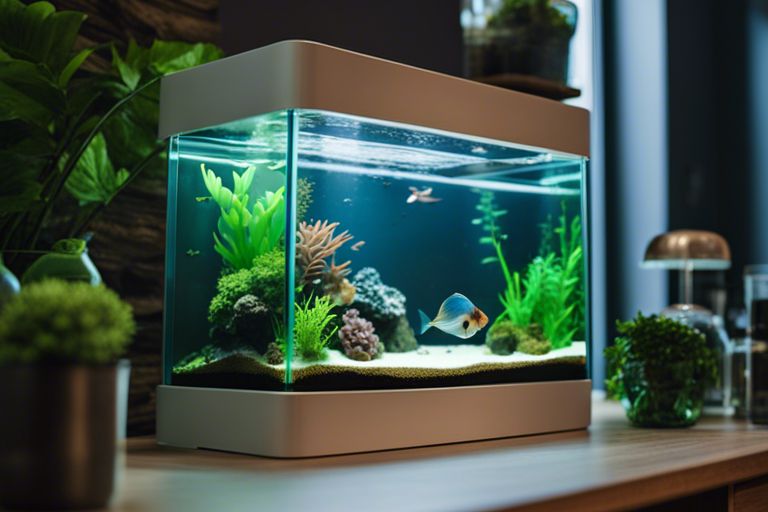
Tips for Introducing Fish to Main Aquarium
Timing and Disease Prevention
Any time you introduce new fish to your main aquarium, it’s crucial to follow a quarantine process to prevent the spread of diseases. This will help ensure your existing fish remain healthy and disease-free. Quarantine new fish for at least 2-4 weeks before introducing them to your main tank. This will give you time to monitor their health and treat any potential diseases before they have a chance to infect your other fish.
Proper Acclimatization Techniques
Tips for acclimatizing new fish to your main aquarium include floating the bag in the tank for 15-20 minutes to equalize the temperature, then slowly adding small amounts of water from the tank into the bag at 10-15 minute intervals. This helps the fish adjust to the new water conditions gradually, reducing stress and the risk of shock.
Introducing the fish directly into the main aquarium without proper acclimatization can cause stress and lead to health issues. By following these acclimatization techniques, you can help ensure a smooth transition for your new fish and promote their overall well-being in the aquarium environment.
Factors Affecting Quarantine Success
Once again, quarantine success for your new fish is influenced by several factors that can determine the outcome of the process. Here are some key factors to consider:
- Length of quarantine period
- Water quality
- Stress levels of the fish
- Compatibility with existing tank mates
- Proper nutrition and feeding
Thou, paying attention to these factors can significantly improve the success of your quarantine process and help prevent the spread of diseases in your aquarium.
Species-Specific Considerations
An important aspect to consider during the quarantine process is the species-specific needs of the fish you are introducing. Different species have varying levels of susceptibility to certain diseases and stress factors. It is imperative to research the specific requirements of the fish you are quarantining to provide the best care possible during this critical period.
Recognizing Signs of Stress and Illness
Recognizing signs of stress and illness in your quarantined fish is crucial to addressing any potential issues promptly. Symptoms may include lack of appetite, unusual swimming patterns, discoloration, or visible parasites. Regular observation and familiarity with your fish’s normal behavior will help you identify any deviations and take appropriate actions to provide the necessary treatment.
Success in preventing diseases in your aquarium through proper quarantine procedures relies heavily on your attention to detail and commitment to the process. By considering species-specific needs, monitoring for signs of stress and illness, and addressing any issues promptly, you can ensure the health and well-being of your new fish and existing aquatic community.
Conclusion
Ultimately, quarantining new fish before introducing them to your aquarium is crucial in preventing the spread of diseases among your existing fish. By following the proper quarantine procedures, you can significantly reduce the risk of introducing illness into your tank and ensure the health and safety of your aquatic pets. Remember to monitor the new additions closely during quarantine and seek advice from a veterinarian or aquarium expert if you notice any signs of illness. Prioritizing quarantine practices will help maintain a healthy and thriving aquatic environment in your aquarium.
FAQ
Q: Why is quarantining new fish important?
A: Quarantining new fish is important because it allows you to observe and treat any potential diseases or parasites before introducing them to your main aquarium, thus preventing the spread of diseases to your existing fish.
Q: How long should I quarantine new fish?
A: It is recommended to quarantine new fish for a minimum of 2-4 weeks to ensure that they are healthy and disease-free before adding them to your main aquarium.
Q: What equipment do I need for a quarantine tank?
A: You will need a separate tank, a heater, a filter, a sponge or gravel substrate, a hiding place for the fish, an algae scraper, and a water testing kit for ammonia, nitrite, and nitrate levels.
Q: How do I set up a quarantine tank?
A: Fill the tank with dechlorinated water, set up the heater and filter, add the hiding place and substrate, and let the tank cycle for at least 24 hours before introducing the new fish.
Q: How do I acclimate new fish to the quarantine tank?
A: Float the bag with the fish in the tank for 15-20 minutes to equalize the temperature, then slowly add small amounts of water from the tank to the bag over the course of 30-45 minutes before releasing the fish into the quarantine tank.
Q: What should I feed quarantined fish?
A: Offer a high-quality diet of flake, pellet, or frozen foods to provide the necessary nutrients for the fish to stay healthy and build up their immune system during quarantine.
Q: How often should I monitor quarantined fish?
A: Check the water parameters (ammonia, nitrite, nitrate levels), observe the behavior of the fish for any signs of illness, and perform regular water changes to maintain a healthy environment for the quarantined fish at least every other day.
